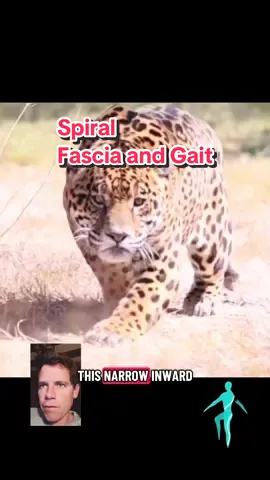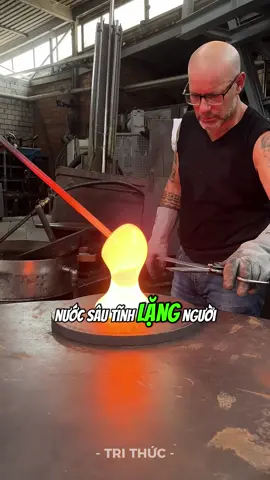My Chi
Region: VN
Saturday 21 December 2024 16:01:43 GMT
64784
2310
19
85
Music
Download
Comments
Hikaruuu~×~ :
xin in4 váy ạaa, b mặc nhìn xinh xỉuuu
2024-12-21 16:08:33
2
eirlys :
cho e xin link mua với ạ
2025-01-04 03:20:56
0
Anhh Ngocc :
Điều mình ấn tượng của chị này là không giới thiệu sp mà mn vẫn tự xin in4 đồ vì đẹp quáaa, ôi lụa đẹp vì ngừi.
2024-12-22 12:27:49
3
🌷 :
Chỗ này ở đâu v b ?
2025-01-31 02:03:46
0
Dino :
Thích mấy bạn nhẹ nhàng như này ghê🥺
2025-02-18 03:13:20
0
David Lee :
Rất kín đáo, nhẹ nhang, và e Rất xinh...
2025-01-26 05:26:28
0
Bún bò :
xinh cá
2024-12-21 16:50:24
1
Ngô Trương Ái Như :
Chị ơi em xin link gọng kính vs ạ
2024-12-23 00:37:09
0
Thenh Thenh :
Mình xin in4 đầm với ạ
2024-12-21 17:05:06
1
p._.quynh :
dạ cho em hỏi chị chụp bằng máy gì vậy ạ, có chỉnh màu gì kh ạ?
2025-01-16 04:02:36
0
Thùy Miên :
@Daisy xinh lắm í
2024-12-23 04:23:48
1
To see more videos from user @bun_r_ieu, please go to the Tikwm
homepage.










